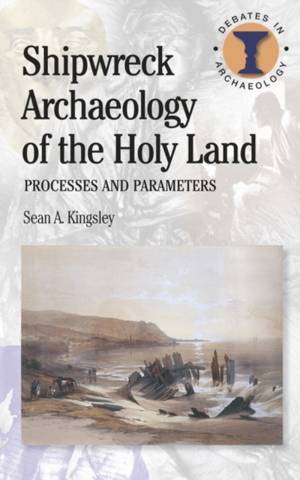
- Afhalen na 1 uur in een winkel met voorraad
- Gratis thuislevering in België vanaf € 30
- Ruim aanbod met 7 miljoen producten
- Afhalen na 1 uur in een winkel met voorraad
- Gratis thuislevering in België vanaf € 30
- Ruim aanbod met 7 miljoen producten
Zoeken
€ 60,95
+ 121 punten
Omschrijving
This intriguing book is the first to explore the potential of shipwrecks discovered off the Holy Land to rewrite social and economic history. Ancient myths and modern misconceptions about Byzantine Palestine's maritime compatibility are radically reconsidered by discussing cargoes in relation to wine, glass, cloth and dye processing across the Holy Land and by plotting mass exports shipped as far as Britain and the Yemen. A new model for the province's economy is assembled, in which middle-class merchants and entrepreneurs replace the traditional image of oppressive State and Church domination. Shipwreck Archaeology of the Holy Land integrates archaeology, history and early modern travelogues to argue that in isolation shipwrecks are of limited value and must be appreciated as cogs in far broader exchange mechanisms. It sets a new theoretical agenda for the thousands of shipwrecks continuing to appear beneath the Mediterranean Sea and is an invaluable source for students of everyday life in Late Antiquity.
Specificaties
Betrokkenen
- Auteur(s):
- Uitgeverij:
Inhoud
- Aantal bladzijden:
- 144
- Taal:
- Engels
- Reeks:
Eigenschappen
- Productcode (EAN):
- 9780715632772
- Verschijningsdatum:
- 26/08/2004
- Uitvoering:
- Paperback
- Formaat:
- Trade paperback (VS)
- Afmetingen:
- 136 mm x 217 mm
- Gewicht:
- 208 g

Alleen bij Standaard Boekhandel
+ 121 punten op je klantenkaart van Standaard Boekhandel
Beoordelingen
We publiceren alleen reviews die voldoen aan de voorwaarden voor reviews. Bekijk onze voorwaarden voor reviews.








